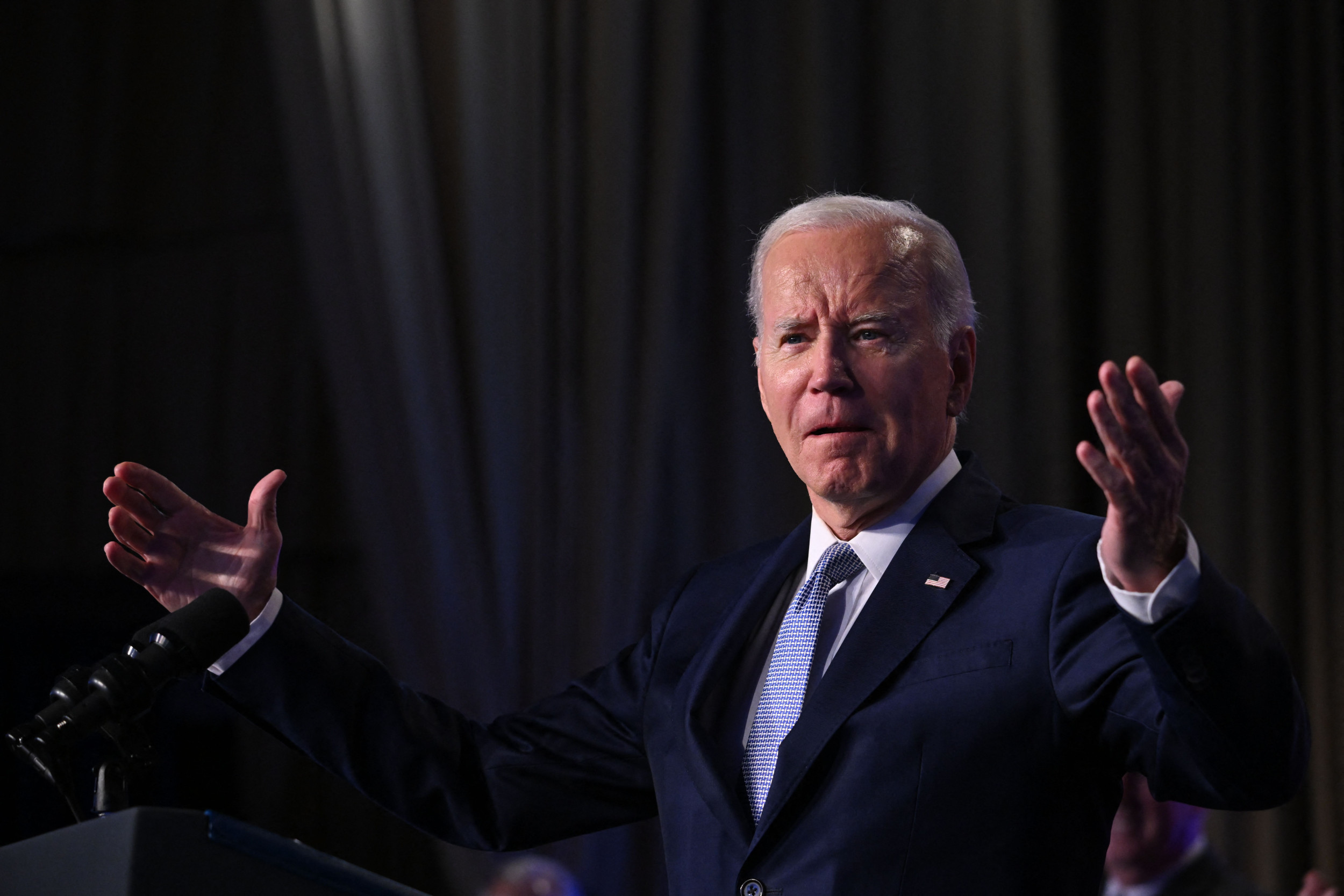Consumer confidence ticked up in November after 3 straight months of decline
After three straight months of decline, consumers are growing increasingly confident in the state of the U.S. economy.
The Consumer Confidence Index, released monthly by the business membership and research nonprofit The Conference Board, ticked up to 102.0 in November from 99.1 in October. That was primarily driven by consumers’ short-term expectations related to income, business and labor market conditions.
But consumers’ outlook on the present state of business and labor market conditions dropped slightly from 138.2 in October to 138.6 this month, and consumer expectations remained below 80 for the third straight month despite impressive gains.
A depressed consumer expectations index of this kind has historically foreshadowed a recession within the year, the report states.
“While consumer fears of an impending recession abated slightly—to the lowest levels seen this year—around two-thirds of consumers surveyed in November still perceive a recession to be ‘somewhat’ or ‘very likely’ to occur over the next 12 months,” the Conference Board said in a statement .
Younger Americans have a more pessimistic outlook than older generations, who have an increasingly optimistic outlook.
“November’s increase in consumer confidence was concentrated primarily among householders aged 55 and up; by contrast, confidence among householders aged 35-54 declined slightly,” Dana Peterson, chief economist at The Conference Board, said in a statement, adding there were “general improvements” across income groups.
In write-in responses, U.S. consumers said they continue to worry about persistent inflation, global war and conflicts, and high interest rates, Peterson said.
Prices have remained high even as the Federal Reserve has hiked interest rates to their highest level in more than two decades.
Fed Chair Jerome Powell said earlier this month that the central bank “ will not hesitate ” to hike rates further as part of its mandate to bring inflation down to its 2-percent target.
The consumer price index (CPI), which measures how much the price of certain goods increased from the last month and year, fell to 3.2 percent in October from its 9-percent peak last June.
While high interest rates are intended to bring down the price of inflation, they’re also squeezing consumers looking to borrow money.
Americans are seeing their savings dwindle, and credit card, mortgage and auto payment delinquency rates have all risen as the cost of borrowing increases . Mortgage rates are up to around 8 percent, contributing to lower-than-expected new home sales numbers in October.
“Buying plans for autos, homes, and big-ticket appliances trended downward on a six-month basis—perhaps reflecting the impact of elevated interest rates,” Peterson said.




















